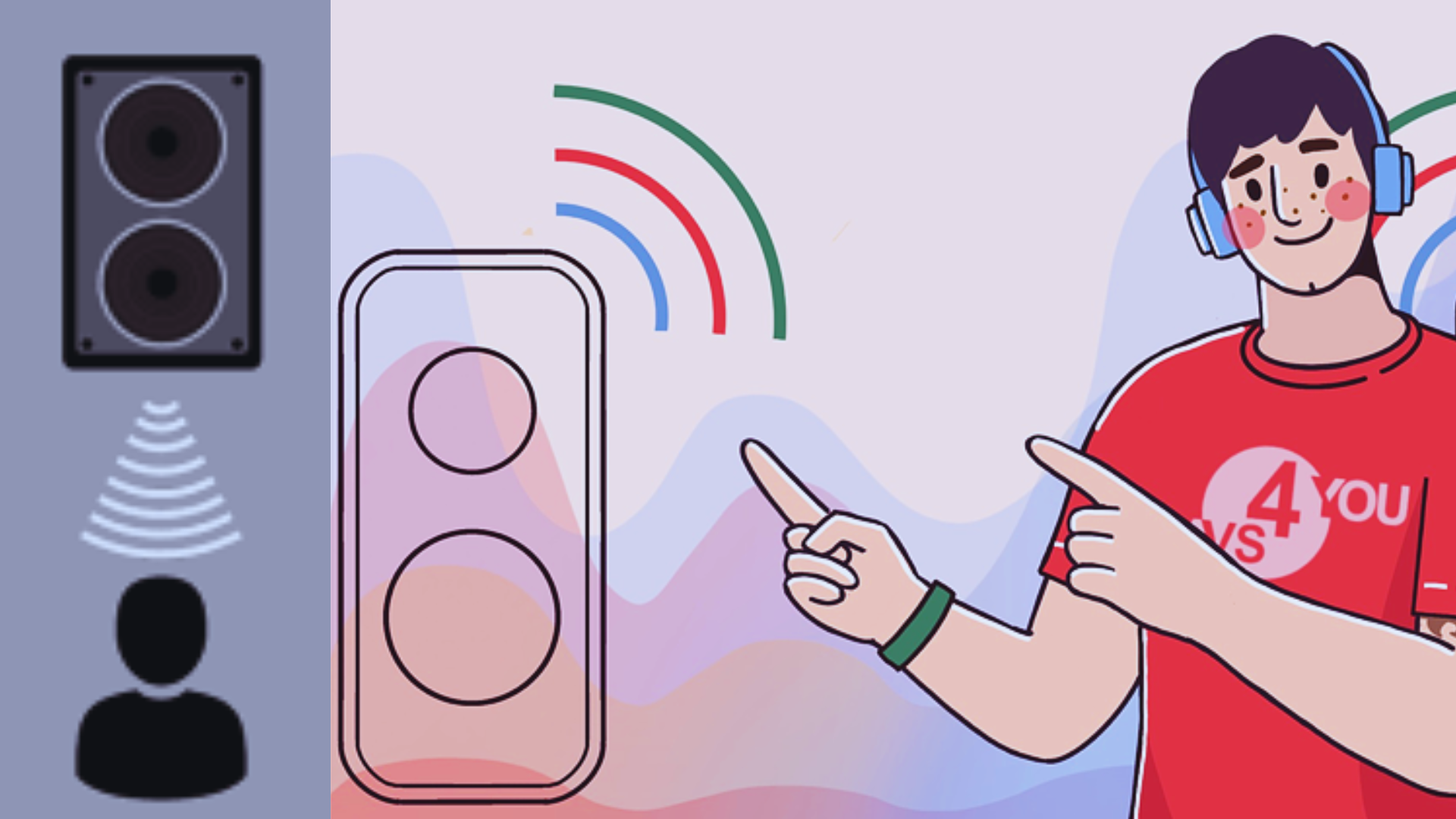Mono audio, short for monophonic audio, refers to sound that is recorded and played back using a single audio channel. This means all the sound elements, whether vocals, instruments, or effects, are mixed together and output through one channel. Mono audio is contrasted with stereo audio, which uses two channels (left and right) to give a sense of spatial dimension to the sound. The mono audio setting is particularly useful for individuals who have hearing impairments in one ear or for situations where a single speaker is used. It ensures that all parts of the audio are heard uniformly, regardless of the listening setup or conditions. This simplicity makes mono audio advantageous in certain contexts, such as when clarity and intelligibility of speech are paramount, or in environments where the listener’s attention needs to be maintained without the distraction of a stereo soundscape.
A Brief History of Mono Audio
The Early Days
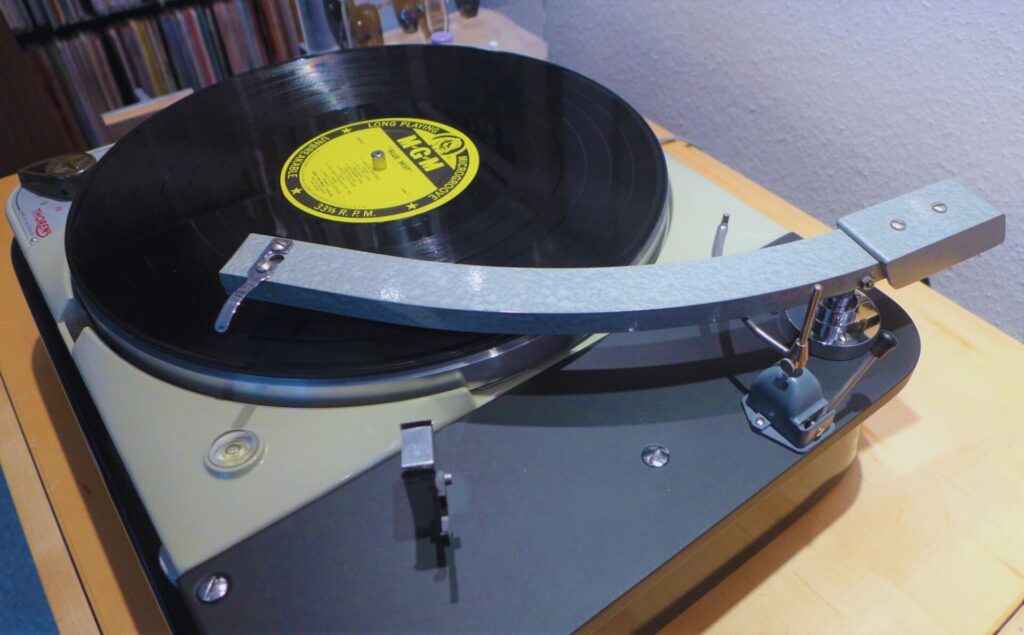
The journey of mono audio begins in the early 20th century, marking the dawn of sound recording and reproduction. Initially, audio was captured using a single microphone, which recorded all sounds into one channel, creating a monaural or mono sound. This era signified the first steps in audio technology, laying the groundwork for future advancements. During the 1960s and 1970s, as stereo sound started to gain popularity, there were attempts to create stereophonic versions of mono tracks through electronic filtering techniques. However, the mono format remained vital for its simplicity and effectiveness in certain applications.
The Transition to Stereo
The transition from mono to stereo audio represents a significant evolution in sound technology. Mono, or monaural sound, involves a single channel of audio, creating a sound that emanates from one source. In contrast, stereo sound uses two or more channels, allowing for the perception of depth and spatial directionality in the audio, making the listening experience more immersive.
This shift began in earnest in the late 1930s when British engineer Alan Blumlein, working for EMI, invented modern stereophonic technology. Blumlein patented stereo records, stereo films, and even a stereo recording system, setting the stage for the widespread adoption of stereo sound. By the 1940s, music recordings, releases, and playback technologies began to embrace stereo, enhancing the auditory experience for listeners.
Furthermore, the film industry also played a role in popularizing stereo sound. The Westrex Stereo Variable-Area system, developed in 1977 for the release of Star Wars, demonstrated that manufacturing stereo soundtracks were no more expensive than mono, further encouraging the shift towards stereo audio production.
How Does Mono Audio Work?
Single Channel Sound
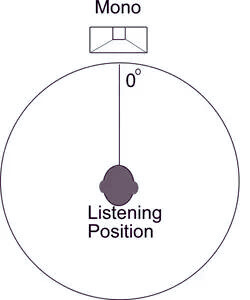
Mono audio, short for monophonic sound, operates through a single audio channel. This means that all the sound signals, regardless of their original source or spatial characteristics, are mixed and delivered through one channel. As a result, when played back, mono audio produces the same sound through all speakers or headphones, with no distinction between left and right channels. This simplicity makes mono sound uniformly directional and easy to reproduce across various playback systems. Mono recordings are typically made using just one microphone, although multiple microphones can also be mixed down to a single channel for mono playback. The primary advantage of mono audio is its compatibility and consistency across different listening environments, ensuring that the sound is heard the same way regardless of the speaker setup.
Mono vs. Stereo: What’s the Difference?
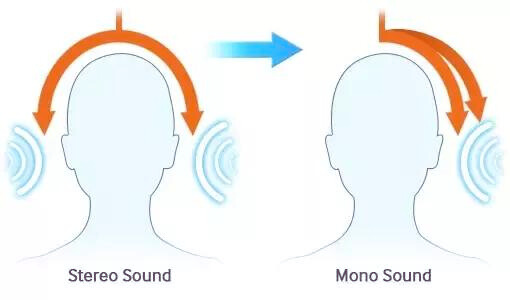
The fundamental difference between mono (monophonic) and stereo (stereophonic) sound lies in the number of audio channels they use. Mono audio uses a single audio channel for recording and playback, meaning all sounds are combined into one channel and output the same through any speaker or headphone. This results in a sound that has no sense of spatiality or directionality from the audio source.
Stereo sound, in contrast, uses two distinct audio channels (left and right) to create a more immersive listening experience. It allows for the placement of sounds within a three-dimensional space, giving the listener a sense of direction, depth, and distance from the sound sources. This is achieved by recording audio with two separate microphones (or more) and playing back through two separate channels, which can distinctly represent different spatial positions in the sound field.
Why Use Mono Audio?
Accessibility Features
Mono audio is a crucial accessibility feature designed to enhance the listening experience for individuals with hearing impairments or those who prefer using a single earbud. By combining the left and right audio channels into one unified auditory output, mono audio ensures that all elements of the sound are heard equally, regardless of which ear or speaker the sound is coming from. This is particularly beneficial for people with hearing loss in one ear, as it allows them to receive the full audio experience without missing any part of the content. Additionally, mono audio can be helpful in environments where listening with both earbuds isn’t feasible or safe, such as while driving or walking in busy areas, ensuring that users can stay alert to their surroundings while still enjoying their audio content.
Specific Applications in Media
Mono audio, involving the mixing of all audio signals into a single channel, finds its significance in several specific applications within the media industry. These applications leverage the simplicity and directness of mono audio to ensure clarity and accessibility:
- Professional Audio Systems: Mono sound systems are advantageous in environments where sound clarity and uniform coverage are critical. By distributing a single audio signal through multiple loudspeakers, listeners in different locations experience consistent audio quality without the phase and balance issues that can arise in stereo setups.
- Podcasts: For podcasts, mono audio ensures that all listeners, regardless of their listening setup or if they have hearing impairments, receive the full content without loss of fidelity or information. It also reduces file size, making downloads quicker and more accessible.
- Devices with Single Speakers: In devices where space is limited, such as smartphones or certain smart speakers, mono audio codecs are essential. They deliver clear and comprehensible sound through a single speaker, ensuring the device can be effectively used for communication, media consumption, and alerts.
Live Performances
The question of whether live performances sound mono or stereo is nuanced and depends on various factors including the venue, the audio setup, and where one is positioned in the audience.
- Audio Setup: For most live performances, especially in larger venues, the sound may be mixed in mono to ensure uniform coverage and that all members of the audience receive a consistent audio experience. This is crucial to ensure clarity and prevent phase issues that might arise in a stereo mix where audience members are situated at different angles and distances from the speakers.
- Listener Position: The perception of a live concert as mono or stereo can also depend on where an audience member is sitting. In some settings, especially smaller or more acoustically designed spaces, a stereo effect might be perceptible if the sound system and the audience’s seating are arranged accordingly.
- Performance Type: The decision to use mono or stereo sound can also vary with the type of performance. Some performances, particularly those involving electronic instruments or where spatial audio effects are part of the show, might opt for a stereo setup to enhance the auditory experience.
Mono Audio in Recording Studios
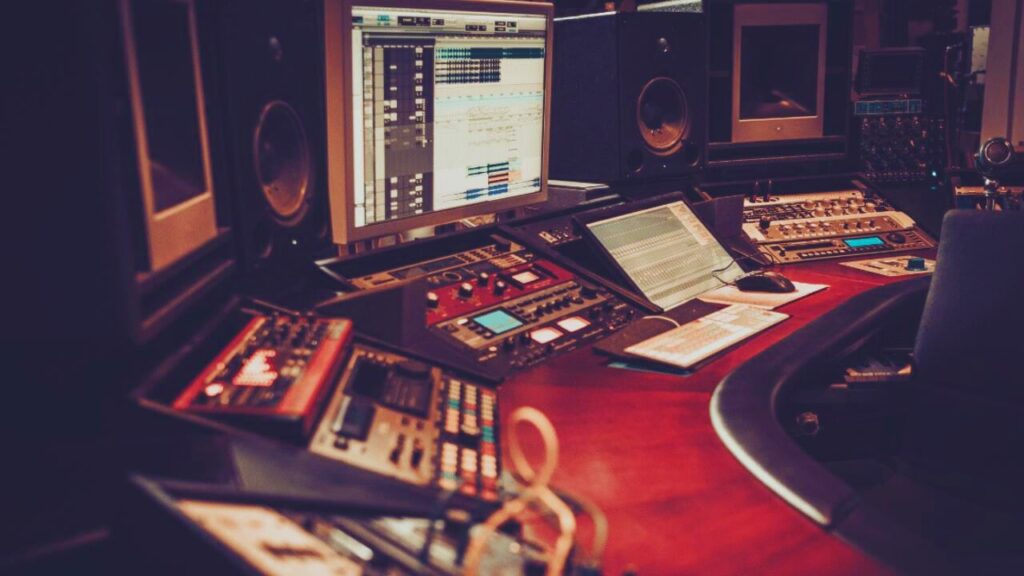
In recording studios, mono audio is predominantly used for several key applications due to its simplicity and effectiveness. The primary reason is that recording in mono allows for greater control and flexibility in the mixing stage. Each sound, whether it’s dialogue, vocals, foley, or individual instruments, is typically recorded in mono to ensure clarity and purity of the sound source. This method facilitates the precise placement of these sounds within the stereo field during the mixing process, enabling a more balanced and cohesive mix.
Moreover, recording in mono is essential for sounds that are meant to be the focus or center of a mix, such as lead vocals or solo instruments, ensuring they are clearly heard regardless of the listener’s audio setup. It also simplifies the recording setup, requiring fewer microphones and less processing, which can be especially beneficial for capturing the natural tone of the performance.
How to Convert Stereo to Mono
Using Software Tools
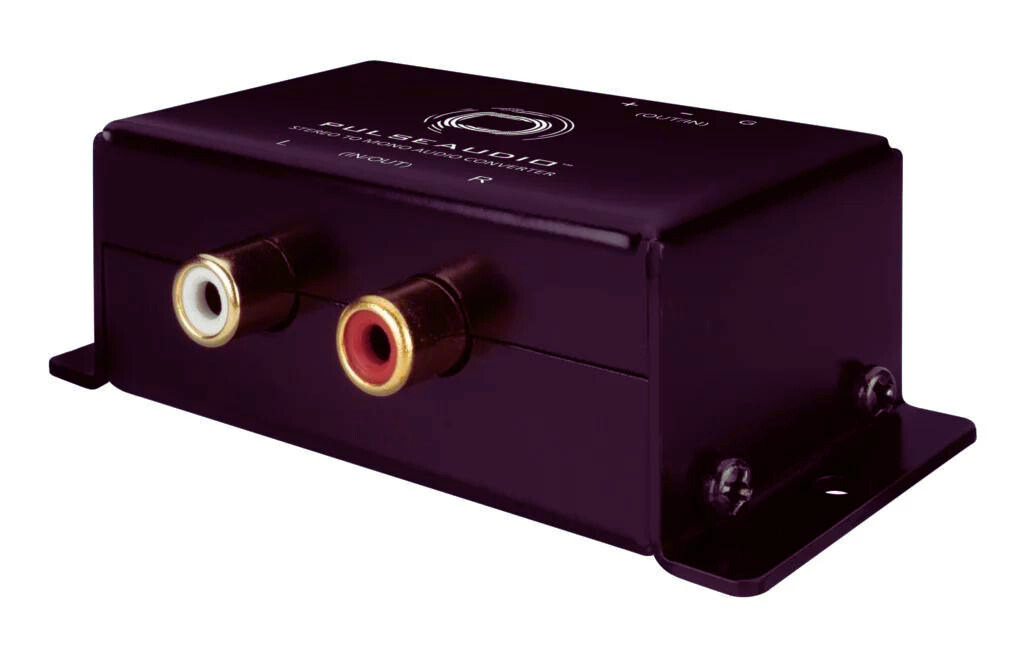
To convert stereo audio files to mono, you can use various software tools that simplify the process. One of the most recommended and versatile tools for this task is Audacity. It is a free, open-source audio editing software available for Windows, macOS, and Linux. Here’s a general guide to converting stereo to mono in Audacity:
- Open Audacity and import the stereo audio file you want to convert.
- Select the track by clicking on the track’s label area.
- Navigate to the “Tracks” menu, then choose “Mix” and “Mix Stereo down to Mono.”
- Export the now mono audio file through the “File” menu by selecting “Export” and then choosing your desired audio format.
For users seeking alternative methods or software, tools like EaseUS Video Converter and WonderFox HD Video Converter Factory Pro also offer capabilities to convert stereo audio to mono with user-friendly interfaces and additional features for audio and video conversions.
DIY Techniques
Converting stereo audio to mono involves combining the left and right channels of a stereo signal into a single channel. This can be achieved through various methods, both using software and hardware:
- Software Method: Using audio editing software like Audacity, you can import your stereo track and then use the software’s feature to mix the stereo track down to mono. This is a straightforward process that involves selecting the stereo track, and then finding the option to convert it to mono, typically under a menu labeled “Tracks,” “Mix,” or “Channel.”
- Hardware Method: For a more hands-on approach, especially useful if you’re dealing with audio hardware like amplifiers or mixers, you can use a passive stereo-to-mono converter. This device takes in the stereo signal through its input jacks and outputs a mono signal. It ensures that both left and right channels are properly combined, maintaining isolation between the inputs to prevent any potential issues.
- Summing Method: The most common DIY method for converting stereo to mono is by summing the left and right channels. This can be done by connecting the left and right outputs into a single mono input, but it’s crucial to use resistors to combine the signals to prevent the outputs from directly connecting to each other, which could damage the equipment.
The Future of Mono Audio
Preservation of Vintage Recordings
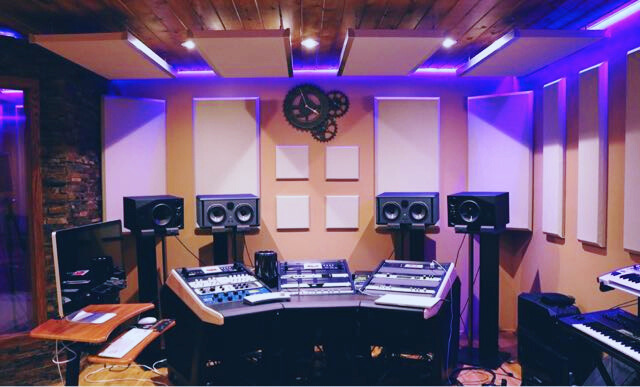
The preservation of vintage recordings, especially those in mono audio, is undergoing a significant transformation with the aid of modern technology. Experts in audio restoration are increasingly utilizing artificial intelligence (AI) to enhance and preserve these historical sound recordings. AI and other digital technologies are employed to “upmix” vintage tracks, isolating instruments and vocals from classic recordings from the 50s and 60s and stitching them back together in high fidelity [1]. This process not only revitalizes the sound quality but also breathes new life into recordings that might otherwise degrade over time.
Furthermore, the advent of digital audio recording and the emphasis on digital preservation methods ensure that valuable audio content, such as vintage music recordings or historical speeches, is maintained and accessible for future generations. Audio restoration, a field dedicated to removing imperfections from sound recordings, plays a crucial role in this preservation effort, addressing issues directly on the recording medium.
As we move forward, the preservation of mono audio recordings from the past will likely continue to benefit from advancements in digital technology, ensuring that these cultural and historical artifacts are saved from obsolescence and can be enjoyed by future generations.
Mono in Modern Music Production
Mono audio, despite the dominance of stereo sound for its immersive qualities, continues to hold a significant place in modern music production. Stereo sound is prevalent, enabling producers and engineers to craft a rich, detailed soundstage that enhances the listening experience by providing depth and dimension. However, mono audio is not without its merits, particularly in music production contexts.
Mono audio is valued for eliminating the sense of direction, which can be particularly beneficial for vocals and bass guitars recorded with a single microphone. This ensures clarity and focus on the central elements of a mix, making mono mixing a critical tool for achieving balance in tracks. Furthermore, there’s been a resurgence in appreciation for mono mixing among music producers and audiophiles, highlighting its significance in achieving a balanced mix in digital audio workstations (DAWs).
While stereo and immersive audio formats continue to evolve and dominate the consumer market, the strategic use of mono audio in the production phase underscores its ongoing relevance. Mono mixing serves as a foundational technique for ensuring that recordings translate well across various listening environments, from mono sound devices to elaborate home theater systems.
Conclusion
Mono audio, with its singular channel simplicity, has played a foundational role in the evolution of sound recording and playback. While stereo sound has become the standard for immersive audio experiences, mono remains relevant for its accessibility, reliability, and unique sonic qualities. As we look to the future, it’s clear that mono audio will continue to be an essential part of the audio landscape, bridging the gap between the past and the present.
Read also: How Old is Mitch McConnell? A Deep Dive
FAQs
Q. Is mono audio better than stereo?
It depends on the context. Mono audio ensures consistent sound for all listeners and is crucial for accessibility, while stereo offers a more immersive listening experience.
Q. Can you convert any stereo audio to mono?
Yes, with the right tools or software, you can convert stereo tracks to mono, though the process may affect the overall sound quality and spatial effects.
Q. Why is mono audio still used today?
Mono audio is valued for its simplicity, reliability, and compatibility across various devices and systems, making it ideal for specific applications like broadcasting and live performances.
Q. Does mono audio save space compared to stereo?
Yes, since mono audio uses only one channel compared to the two channels in stereo, it can result in smaller file sizes and less data usage.
Q. Can listening in mono help with certain types of audio production?
Absolutely. Mono-listening can be a critical step in the mixing process, helping producers ensure that their tracks sound good on all types of playback systems, from high-end stereo systems to single-speaker devices.
